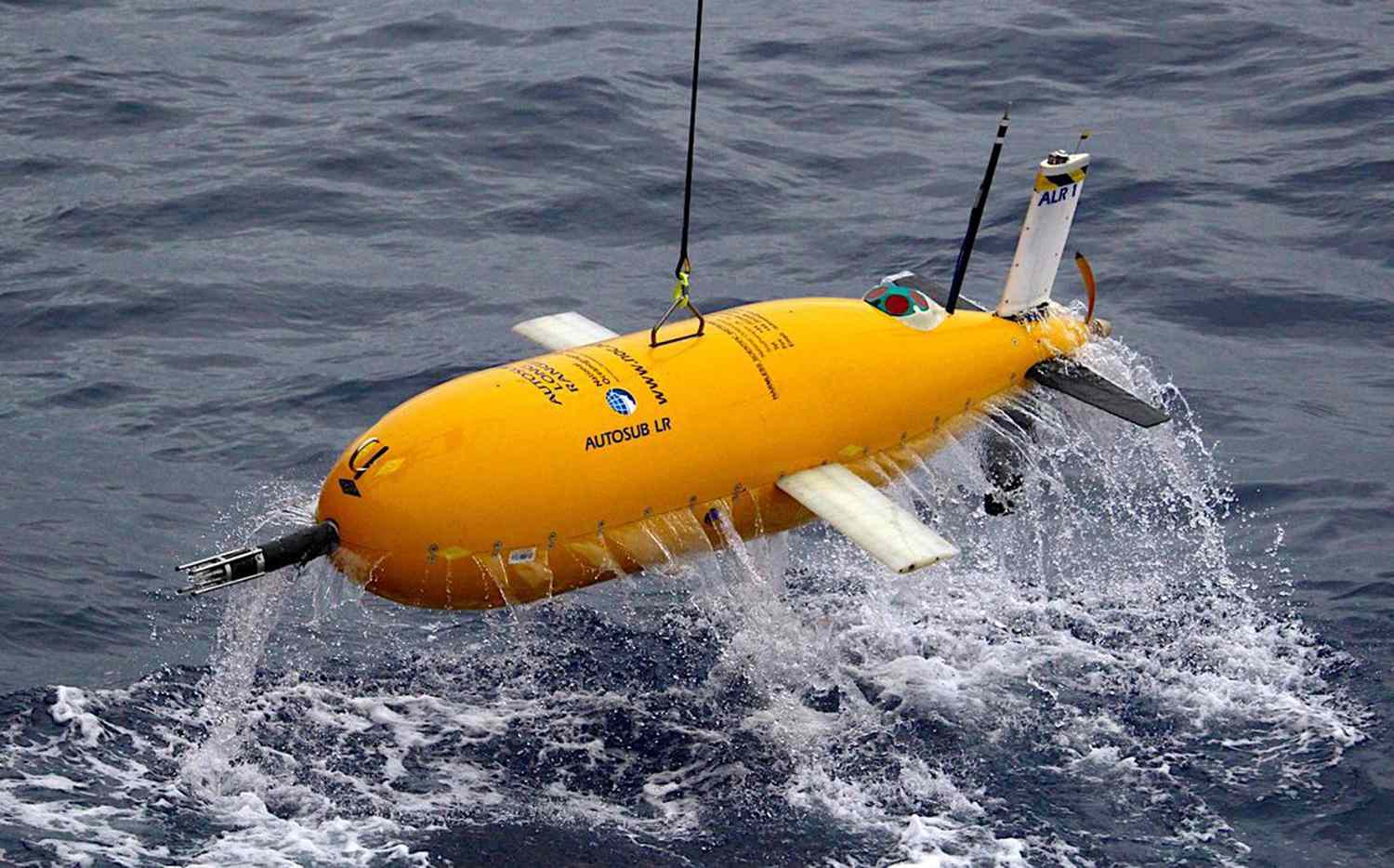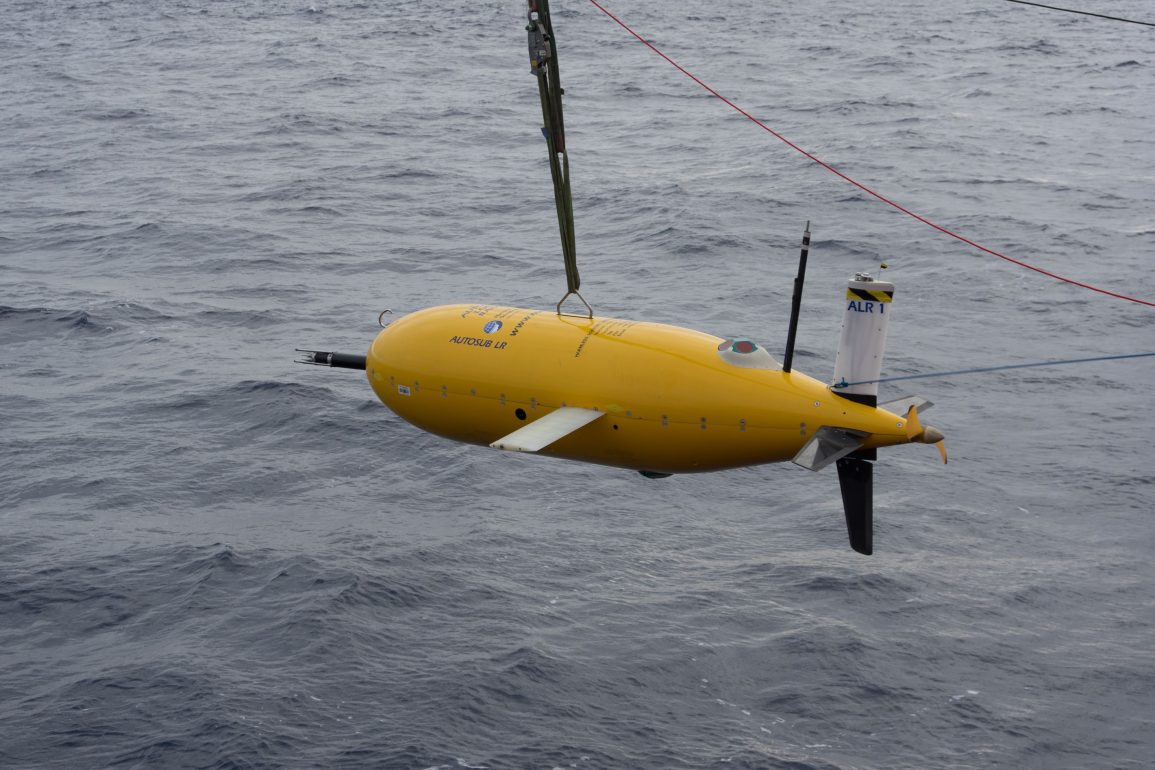Three engineers successfully retrieved the UK’s most famous robot, Boaty McBoatface, after a 55-day expedition in Scotland. The yellow submarine, covered in slime and emitting ocean smells, had just completed a significant scientific journey from Iceland, covering over 2,000 kilometers.
This mission, aimed at studying marine snow—tiny particles that sink to the ocean floor and store carbon—could offer critical insights into the pace of climate change.
Boaty McBoatface, originally named by the public for a polar ship, was instead assigned to a fleet of robotic submarines at the National Oceanography Centre. This recent mission served as a major engineering test, which Boaty passed successfully.
Throughout the expedition, the engineers operated the robot via satellite, sending instructions for diving and data collection. The data gathered by Boaty could play a pivotal role in enhancing the understanding of climate change, particularly the biological carbon pump, a crucial process for carbon storage in oceans.

The biological carbon pump involves the growth of tiny plants at the ocean’s surface that absorb carbon, which are then consumed by animals whose fecal matter (marine snow) sinks, trapping carbon on the ocean floor.
This process is essential for reducing atmospheric carbon dioxide levels, a key factor in human-induced climate change. However, scientists are concerned that climate change is disrupting this cycle, making it more challenging to accurately model and predict future climate scenarios.
During the expedition, scientists measured various oceanic conditions such as nutrients, oxygen levels, photosynthesis, and temperature, all of which contribute to understanding the carbon pump.
Early findings suggest that the carbon pump may be weakening, indicated by smaller-than-expected blooms of marine life in the waters off Iceland. If this trend continues, it could result in higher levels of carbon dioxide remaining in the atmosphere, exacerbating global warming.
The research conducted by Boaty McBoatface and the BioCarbon project aims to improve climate models and provide better predictions of global temperature changes and their impact.
The findings may also contribute to discussions around geoengineering, a controversial approach to artificially altering the ocean to absorb more carbon. As the first phase of research concludes, scientists will continue to analyze their data and return to Iceland to compare seasonal changes, hoping to find solutions to mitigate the effects of climate change.

